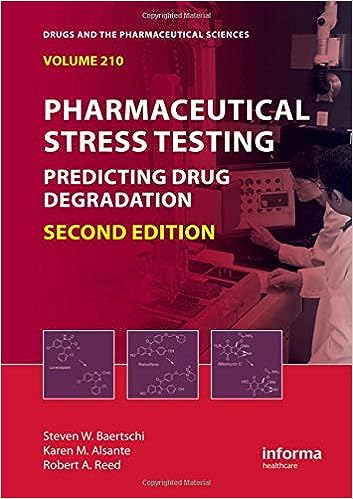Stability testing of pharmaceutical dosage forms is a crucial aspect of pharmaceutical development and regulatory approval processes. It involves evaluating the chemical, physical, and microbiological stability of drug products under various storage conditions to ensure their safety, efficacy, and quality throughout their shelf life.
Types of Pharmaceutical Dosage Forms
Stability testing encompasses various pharmaceutical dosage forms, including:
- Oral Solid Dosage Forms: Tablets, capsules, powders, and granules.
- Oral Liquid Dosage Forms: Solutions, suspensions, emulsions, and syrups.
- Topical Dosage Forms: Creams, ointments, gels, lotions, and patches.
- Parenteral Dosage Forms: Injections, infusions, implants, and intravitreal formulations.
- Ophthalmic Dosage Forms: Eye drops, ointments, and gels.
- Nasal Dosage Forms: Sprays, drops, and powders.
- Pulmonary
Parameters Evaluated in Stability Testing
Stability testing of pharmaceutical dosage forms typically evaluates the following parameters:
- Chemical Stability: Degradation of the active pharmaceutical ingredient (API) due to hydrolysis, oxidation, photolysis, or other chemical reactions.
- Physical Stability: Changes in appearance, color, odor, texture, and uniformity of the dosage form over time.
- Microbiological Stability: Susceptibility to microbial contamination, growth, and proliferation, particularly in aqueous-based formulations.
- Performance Characteristics: Assessment of drug release, dissolution, disintegration, and other performance attributes to ensure consistency and reproducibility.
- Packaging Compatibility: Evaluation of container-closure systems to prevent moisture ingress, light exposure, and interactions with drug products.
Stability Testing Conditions
Stability testing is conducted under controlled conditions, including:
- Temperature: Typically at room temperature (20°C – 25°C), refrigerated (2°C – 8°C), or accelerated conditions (e.g., 40°C – 60°C) to assess degradation kinetics.
- Humidity: Controlled relative humidity (e.g., 25%, 60%, 75%) to evaluate moisture-induced degradation and stability.
- Light: Exposure to natural or artificial light sources to assess photostability and light-induced degradation.
- pH: Testing under acidic, neutral, and alkaline pH conditions to evaluate pH-dependent stability and compatibility.
Conclusion
Stability testing of pharmaceutical dosage forms is essential for ensuring product quality, safety, and efficacy throughout their shelf life. By evaluating various parameters under controlled conditions, pharmaceutical companies can develop robust formulations, establish appropriate storage recommendations, and obtain regulatory approval for commercialization.
